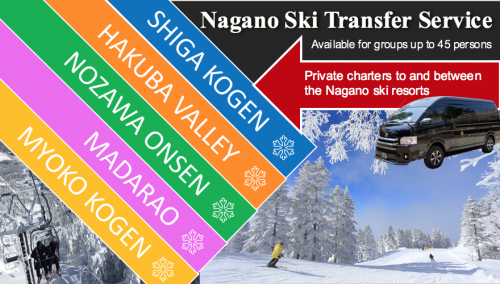A Guide to Using the Train in Japan: Tickets, IC Cards, and (JR) Passes
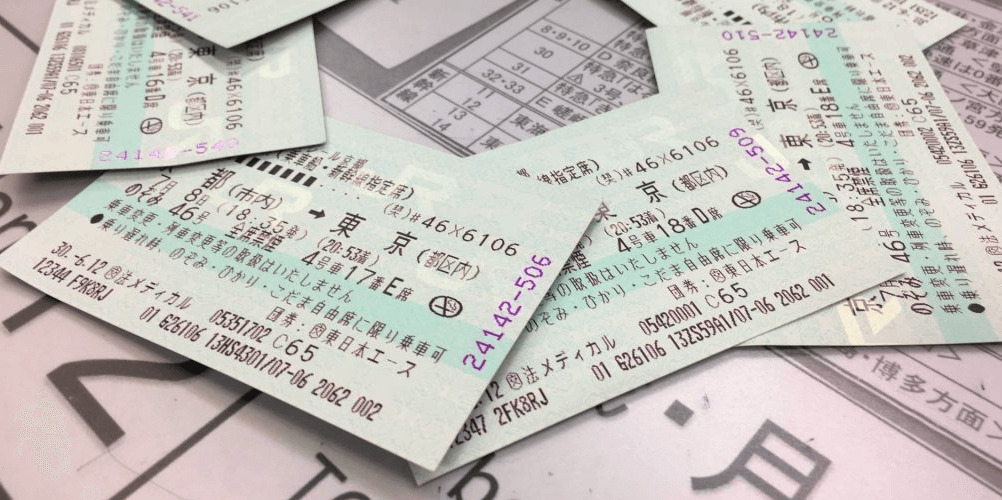
There are multiple options for purchasing tickets to use the train system across Japan.
It is important to note that services operated by Japan Rail use a single, common ticketing system—including several rechargeable cards and multi-use passes. However, that is not to say there is a single ticketing system for the entire country as there are a number of private railway lines that connect with the overall system—for example, some airport rapid services are not covered by the common ticketing system.
In this article, we’ll cover the following methods of boarding a train in Japan:
We’ll also cover how to purchase tickets and some necessary information for selecting which type of ticket to buy to best get you from point A to point B.
Physical/Paper Ticketing
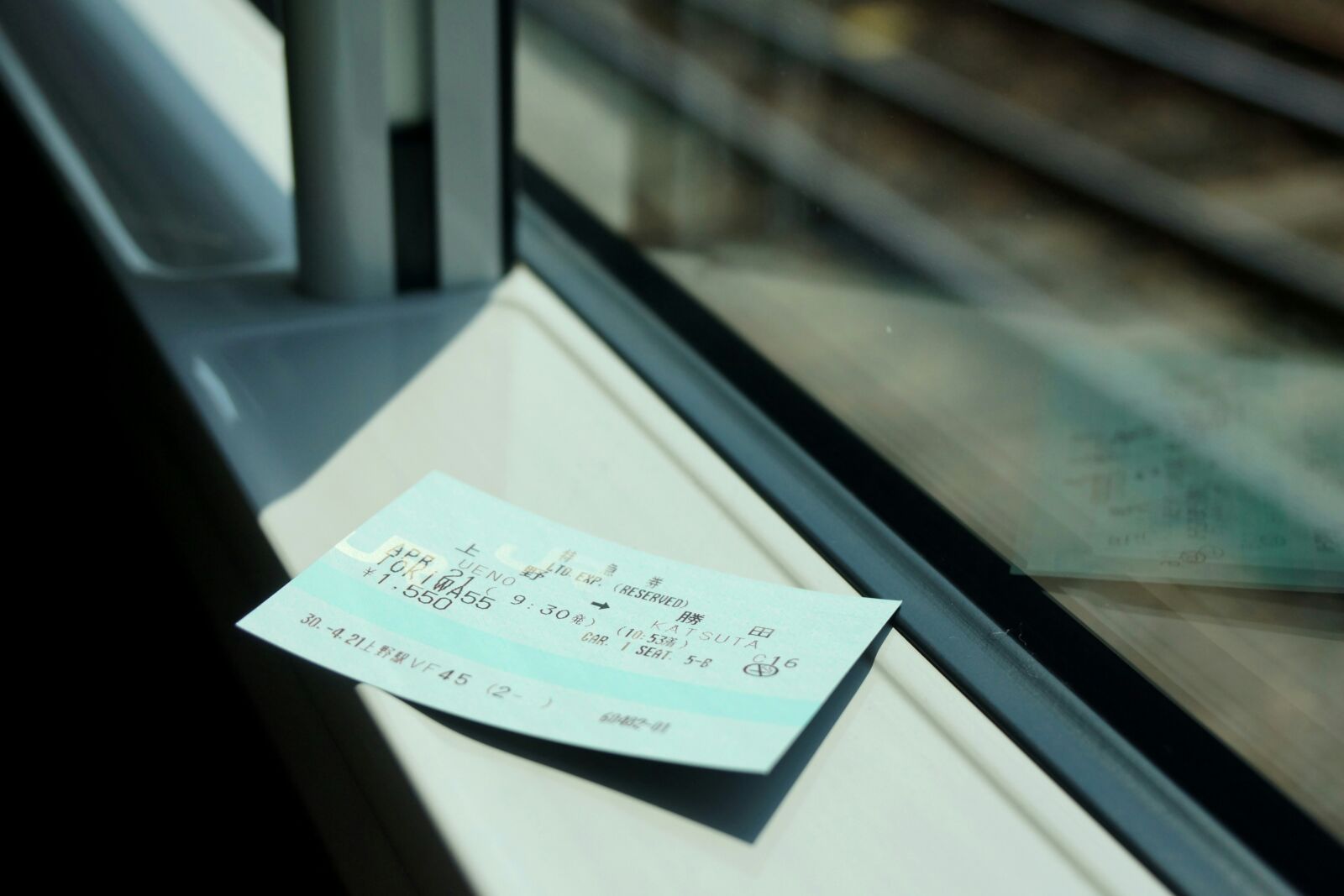
Let’s start with how to buy a paper ticket, in-person when traveling a relatively short distance i.e. within Tokyo:
Purchasing a ticket at a ticket machine:
All stations will have ticket machines typically located next to or nearby the ticket gates leading to the platform. Machines can also typically be switched to English. At large/busy stations, station attendants will be on-hand to assist people and in those frequented by international visitors, they are likely to have at least one member of staff who speaks good English.
Ticket machines accept the following denominations: 10円, 50円, 100円 and 500円 coins along with 1000円 notes. Above or nearby the ticket machines, a large network map will display all stations with the price for a single fare to that station clearly displayed i.e. 200円.
Simply identify your destination station, select the number of tickets you need on the machine followed by the fare – i.e. 200円 – and then deposit your payment. Your tickets and change (if required) will be immediately issued and you can now head through the ticket gates.
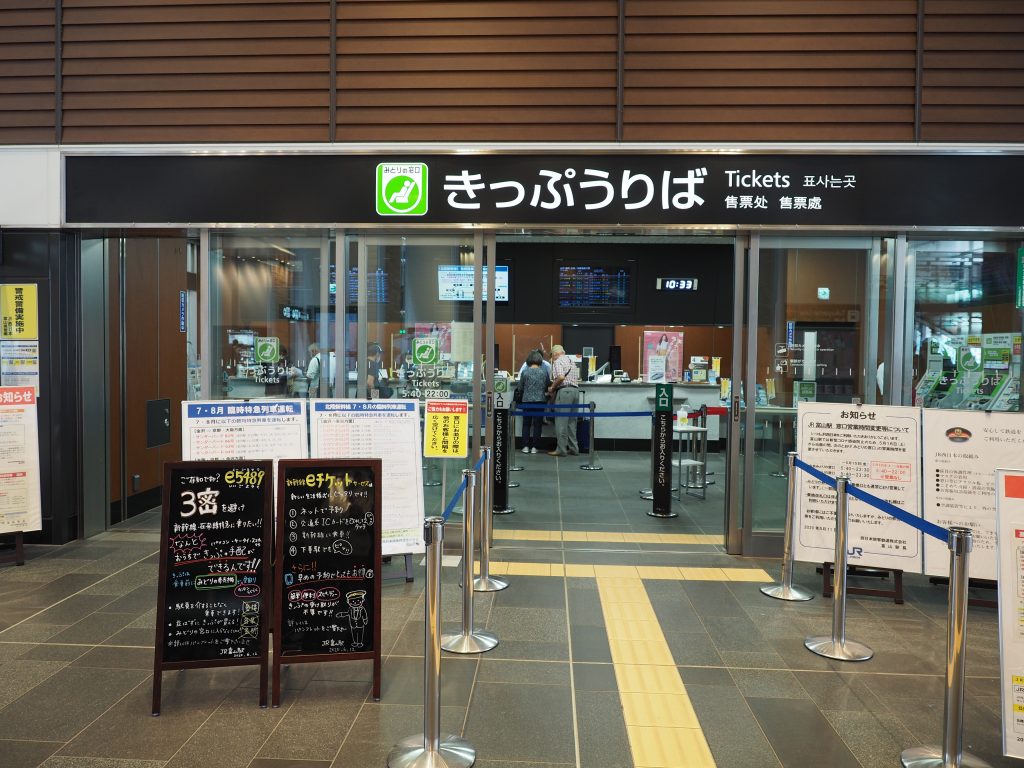
Purchasing your ticket at the ticket counter/office:
Alternatively, you can purchase any ticket at the ticket counter/office. This will be the easiest option when purchasing tickets for longer journeys i.e. between cities and/or trips involving multiple trains.
Again, large/busy stations frequented by international visitors will likely have English-speaking staff on-hand. If not, any station large enough to have a ticket office rather than a simple ticket counter/window will be used to dealing with international travelers to the extent that even if they don’t speak English, they’ll be able to assist you. Simply explain how many ticket you need, your date of travel, your departure and arrival stations, car type i.e. ordinary, green car, etc. and preference for a non-reserved or reserved ticket. If you want a specific seat i.e. window or aisle, you can also request this. If there’s any trouble communicating, write down what you need. Remember that many Japanese can read English quite well even if they don’t have confidence speaking.
Purchasing a ticket online:
You are also able to purchase tickets online via each operators website, or through Japan Rail’s EkiNet website. This requires registration, which at this time is only available in Japanese, but it can be worth the effort as it often provides access to discounted tickets. Please note, unless you have an IC Card—see below for details—when purchasing a ticket online you will need to have the physical ticket sent to you or picked-up at a train station.
IC Cards
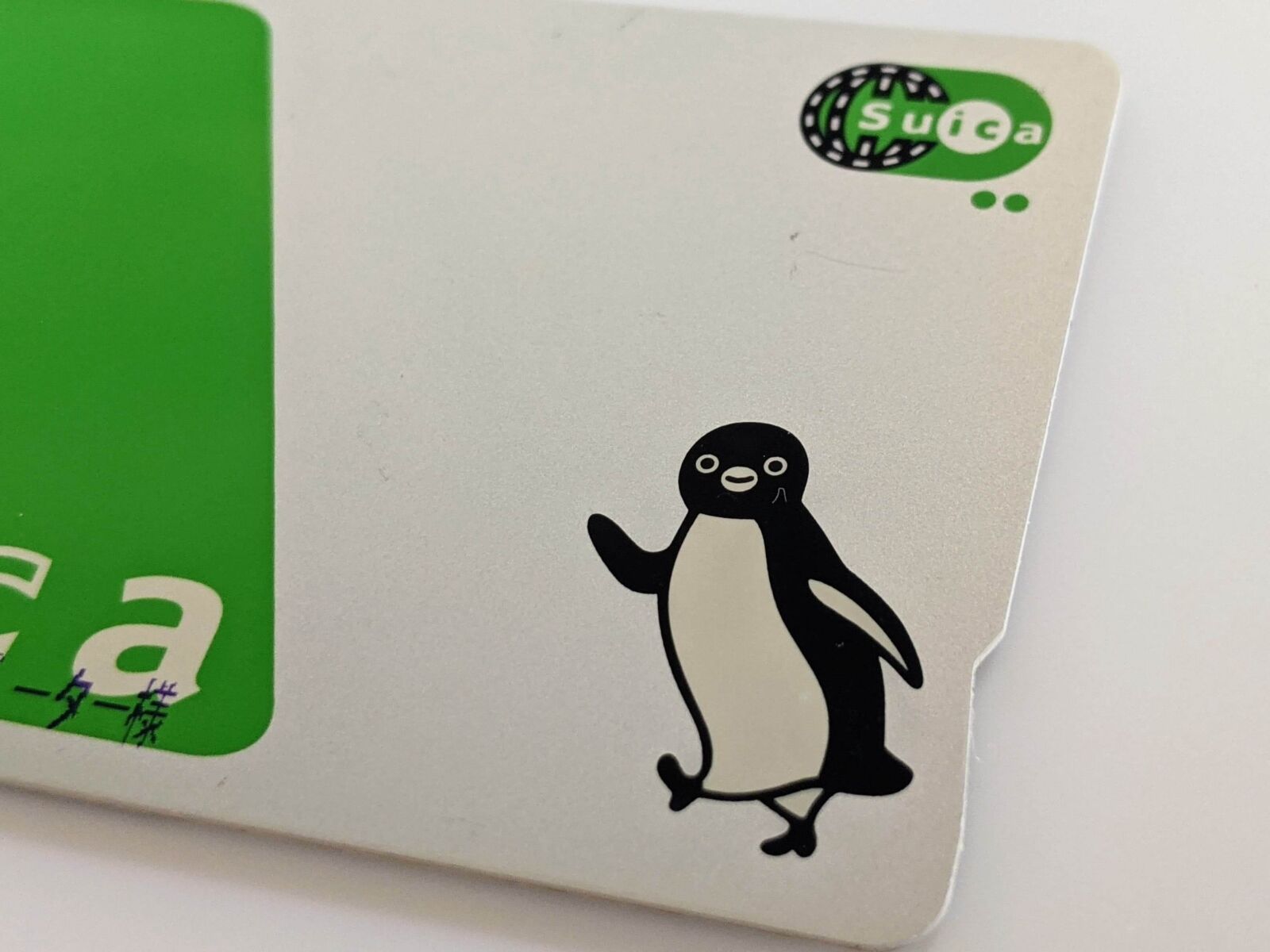
Throughout Japan you have the option of getting a rechargeable card generally referred to as an “IC Card.” This cards can be easily and quickly obtained from ticket machines and ticket offices, and allow the user to charge the card with money.
Once charged, the card can be used to tap-in and out of the ticket gates and also used to make payment for buses along with many vending machines, convenience stores and restaurants. There are many but some of the most popular include:
Suica: issued by JR East, Suica can be used for JR trains in the greater Tokyo area, Niigata and Sendai. There is also a special ‘Welcome Suica’ is available for international visitors. Valid for a period of 4-weeks, it requires no deposit however you cannot get a refund of any unused money at the end of your visit.
Pasmo: covers Tokyo’s non-JR railways, subways and buses. The ‘Pasmo Passport’ is available for international visitors. Valid for a period of 4-weeks, it requires no deposit however you cannot get a refund of any unused money at the end of your visit.
Icoca: is issued by JR West and covers JR train services in Osaka, Kyoto (Kansai region) along with the Chugoku and Hokuriku regions. The ‘Kansai One Pass’ is available for international visitors, also providing discounts to some popular attractions in Kansai.
These are just three of the most common, though there are many more. They are typically issued directly from ticket machines or through the ticket office. The card can also be charged using ticket machines. The cost including initial deposit or refund and whether you can claim any unused money varies between cards so it’s a matter of checking the details.
IC cards are most useful to travelers spending an extended period in one area i.e. staying in Tokyo for multiple days when you intend to use the trains or buses frequently. By obtaining and charging the card, you can simply tap-on and off services without the need to stop and buy a ticket each time. It is also important to note however that they are not always universal, so don’t charge your card with a large amount while in Tokyo and expect to use it in another location; and for holders of a Japan Rail (JR) Pass, make sure to check whether your pass already covers the services you plan to use.
Japan Rail (JR) Passes
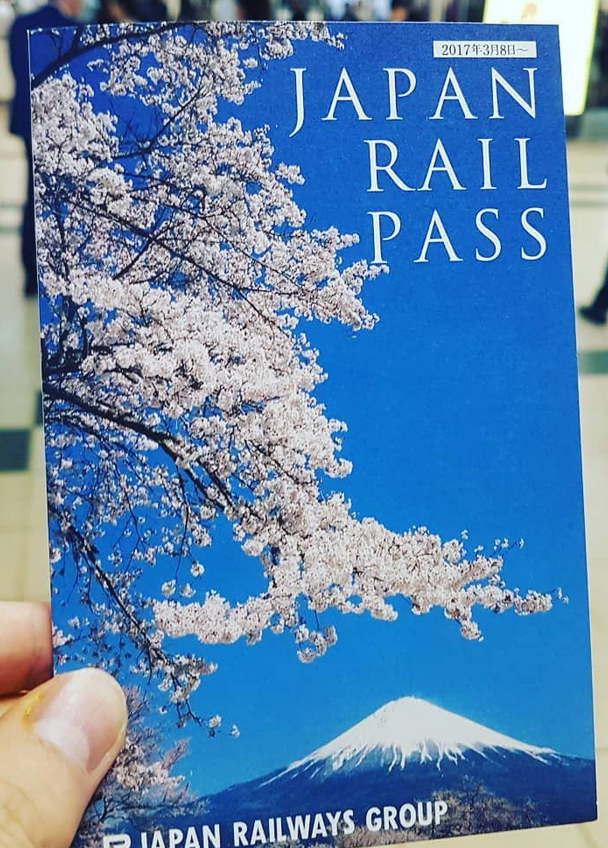
International visitors have access to passes that cover almost all services on the JR network, including shinkansen services, that can be purchased prior to your arrival or once in Japan.
Each operator also provides a local pass covering just it’s region i.e. JR East, JR Central etc. which offer excellent value if you are spending the majority of your time in one region. However, for most travelers the full pass is the most popular option:
Japan Rail (JR) Pass: typically referred to as the ‘JR Pass’, the full Japan Rail (JR) Pass is available for 7, 14 and 21-day periods and cover unlimited (with a couple of exceptions) use of the shinkansen network and many other trains around Japan. These passes represent the most economical and convenient way of navigating the rail network and in doing so, get the most out of your time in Japan. Passes can be purchased online before you leave your home country, through approved overseas agents or once you arrive a major ticket offices.
Regional JR Passes: each operator on the JR network offers a local/regional pass. For example, JR East offers a pass covering just Nagano and Niigata including the Hokuriku and Joetsu shinkansen lines. These passes are notably cheaper than the full pass and my suit some itineraries better. Passes and offers are updated regularly so it’s best to use the links above – under ‘Overview of Japan’s Rail Network’ – to access each operators website and check what’s on offer.
Please note, when purchasing your pass outside of Japan, once you arrive you will need to exchange your receipt of purchase and activate your pass before you can use. Information of how to do so is included on the pages for each pass.





